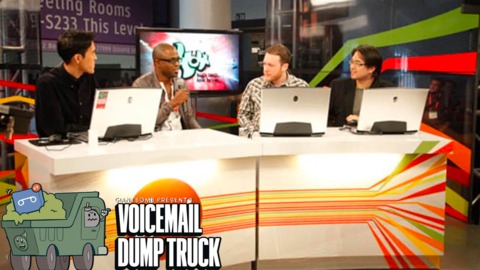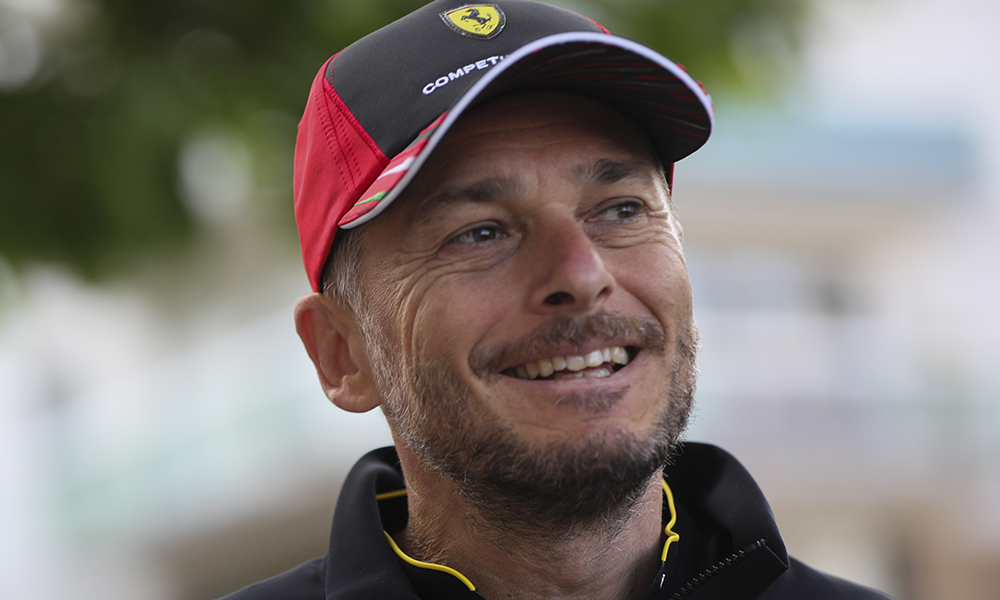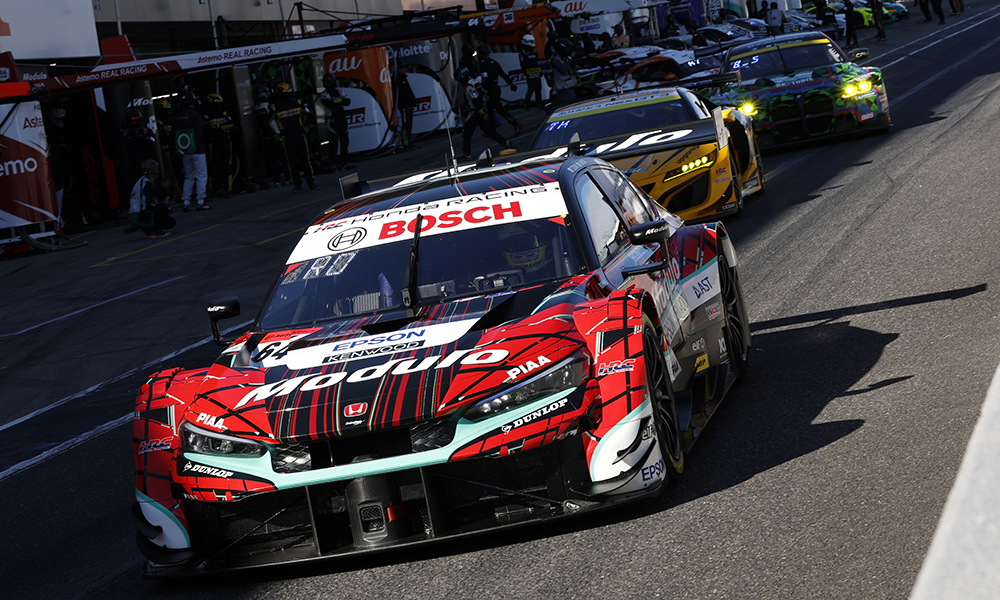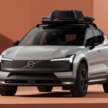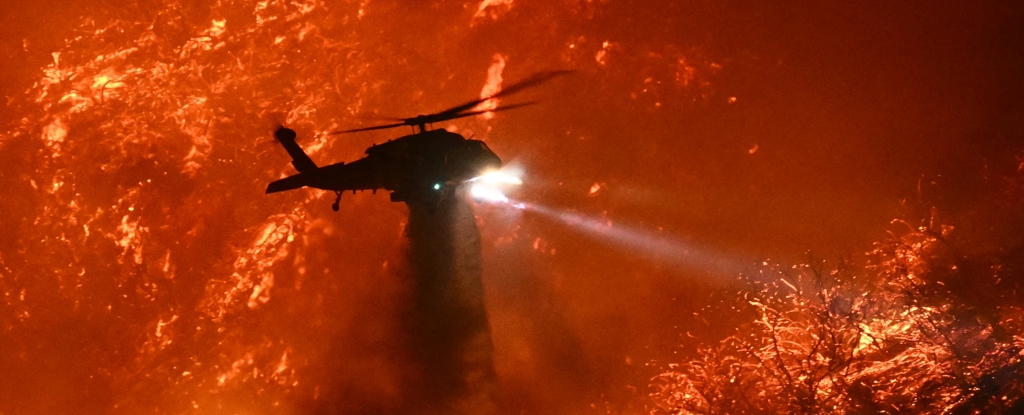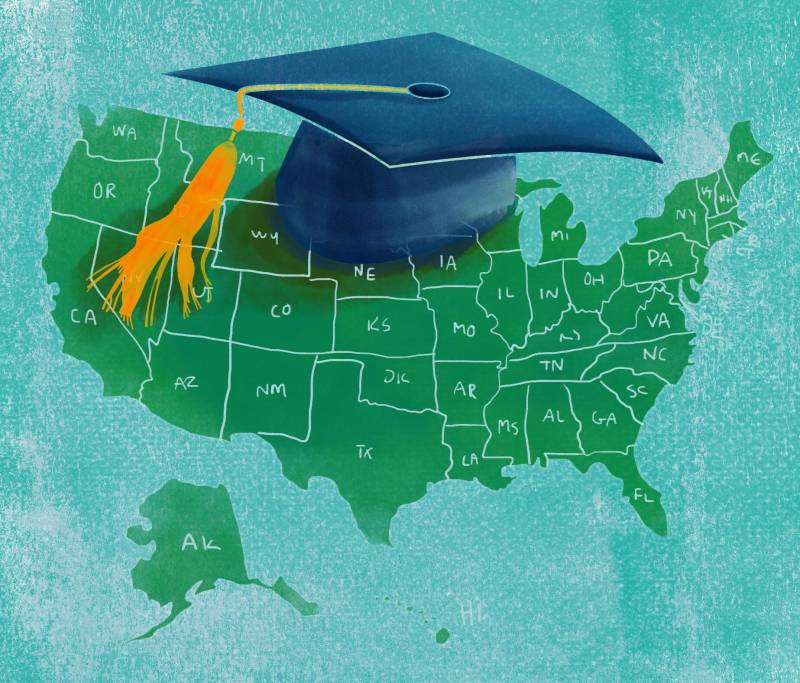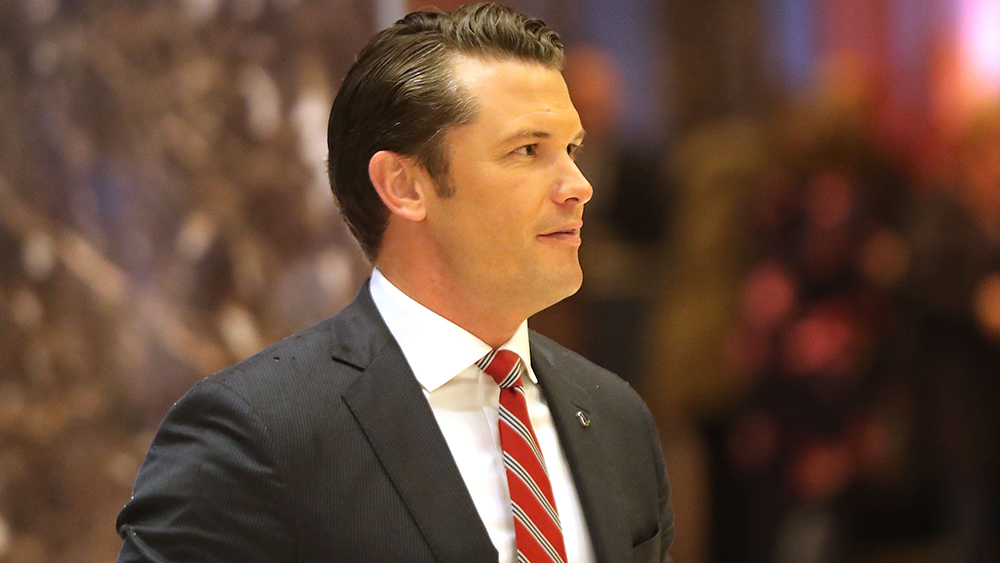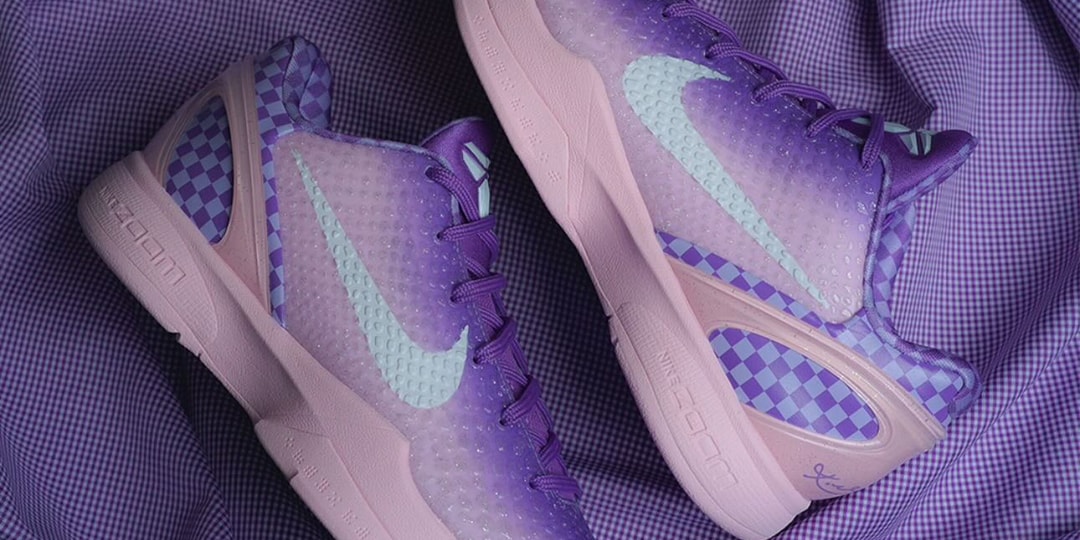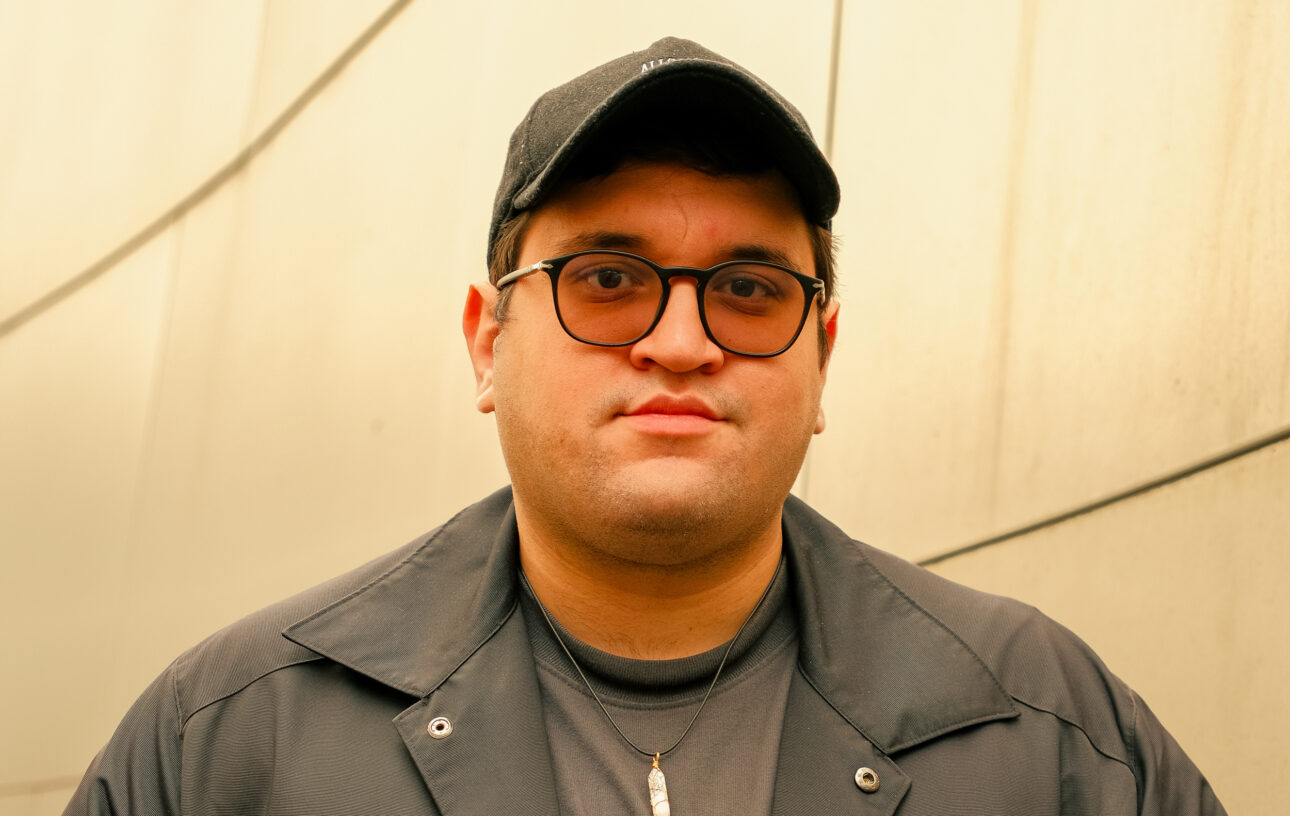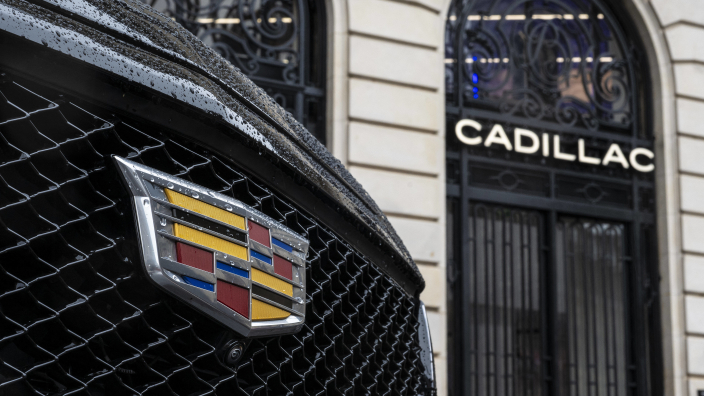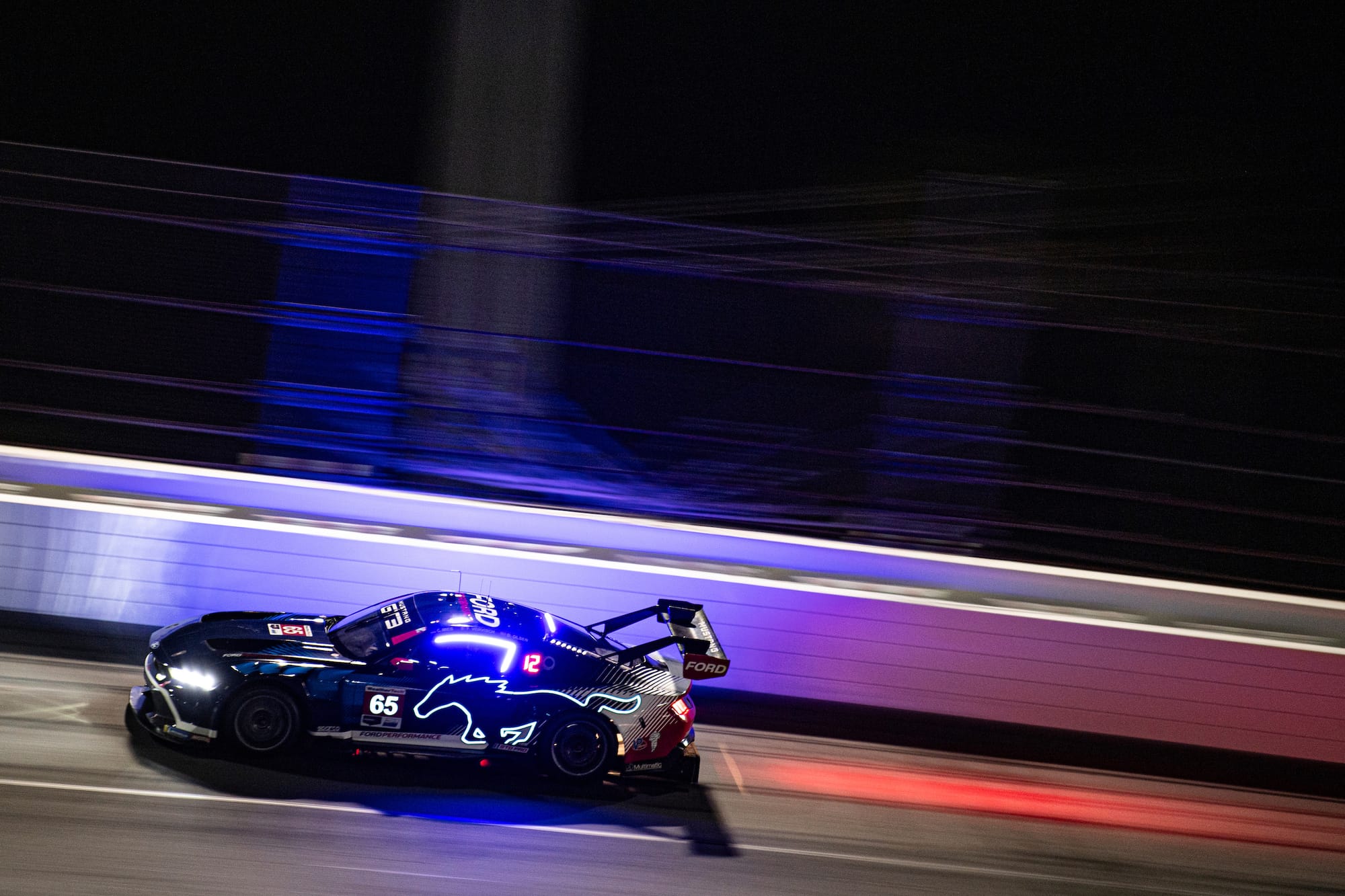Ionna Allegedly Ready For National Push, Plans 30,000 Sites By 2030
Ionna, the EV charging network backed by a batch of global automakers, has announced that it has concluded beta testing and is ready to begin construction on over 30,000 charging locations across the U.S. by 2030. The company has issued a formal statement to that effect, which coincides with the opening of its very first public charging station in North Carolina.


Ionna, the EV charging network backed by a batch of global automakers, has announced that it has concluded beta testing and is ready to begin construction on over 30,000 charging locations across the U.S. by 2030. The company has issued a formal statement to that effect, which coincides with the opening of its very first public charging station in North Carolina.
It’s no secret that the United States’ public charging infrastructure remains lackluster, with Tesla’s Supercharger network being the big exception to that rule. Driver feedback consistently shows Tesla-branded stations as performing better than their competitors, which admittedly isn’t that difficult considering how much downtime the average public charging station is likely to see. While EV owners are broadly pleased with the ability to charge from home, public charging stations are frequently cited as unsatisfactory by surveyed customers.
Ionna is supposed to be the answer to the above issue and is a joint venture between several major car manufacturers that isn’t overseen by Elon Musk. BMW, Mercedes-Benz, General Motors, Stellantis, Hyundai, Kia, Honda, and Toyota. The theory is that manufacturer-owned charging networks will perform better than those operated by major oil conglomerates. For example, Volta (which is owned by Shell) and BP Pulse (owned by BP).
However, Electrify America has frequently been chided for a lack of reliability among its charging sites and it’s owned by Volkswagen — a company that stated less than a decade ago that its primary goal would be pivoting its entire fleet toward electrification. The lesson here is that simply having a vested interest in seeing something work doesn’t always mean that it will.
The difference, according to Ionna, is that it just spent the last year testing and trying to learn from the mistakes of its rivals. The company has stated that it has gone through 4,400 charging sessions using more than 80 unique EV models, dispensing nearly 63,000 kwh of energy in the process. With Ionna’s testing phase concluded, and its first physical location built, it claims to be ready for the big time.
Site one is located in Apex, North Carolina, where the company repurposed a defunct gas station into what it calls a “Rechargery.” But Ionna says it already technically has 100 contracted charging sites scattered across the United States. Six are already under construction, with many more being plotted for the Southwest.
Ionna has previously stated that its goal is to have 1,000 new charging points (which it calls bays) in operation by the end of this year. But the big target is ensuring that at least 30,000 bays are up and running (using CCS or NACS-type connectors) by 2030.
That’s sufficient to rival the number of Tesla Superchargers that currently reside inside the United States and would actually surpass ChargePoint’s current volume. But it probably won’t be enough to put Ionna in the top three by 2030, unless those other companies decide to slow down construction over the next five years. Another obstacle is the fact that the Trump administration is trying to scale back government spending and has been targeting EV-related subsidies. While we like to think that automakers are working on these projects out of the goodness of their heart, the reality is that they’re often heavily incentivized to enter into these programs.
Based upon previous experience, we’re going to be broadly skeptical about the implementation of new charging stations until a brand other than Tesla proves they can field examples offering the same level of reliability and speed. But Ionna has a few things going for it.
Some amount of thought and care clearly went into the design of its “Rechargery” stations. They’re aqua colored and have a more timeless design influenced by the appearance of old gas pumps. The company has also modeled some of its conceptual drawings (pictured below) off traditional fueling stations and has suggested that amenities will be an important element of success.
Unlike combustion engine vehicles, it takes a while for EVs to recoup energy. Ionna feels that at least some of its sites should offer them something to do, even if that something is just buying snacks and using the restroom. But we’ve yet to see how that will manifest as it continues building sites. Despite promising locations with a drivers lounge and a place to grab food, it will still offer basic sites that are just canopy or open-air packing spaces to plug-in your vehicle. Sites that do offer purchasable items are also supposed to be operated by “AI and sensor fusion technology to enable automated grab [and] go offerings” thanks to help from Amazon.
We’ll see how that goes and whether Ionna and its partnered entities are willing to maintain bathrooms or general upkeep of the equipment better than their rivals have. The only real guarantee is that the chargers will all be capable of charging two vehicles at up to 200kW simultaneously. That’s fairly competitive but still a fair bit behind version 3 and 4 Superchargers operated by Tesla.

[Images: Ionna]
Become a TTAC insider. Get the latest news, features, TTAC takes, and everything else that gets to the truth about cars first by subscribing to our newsletter.























